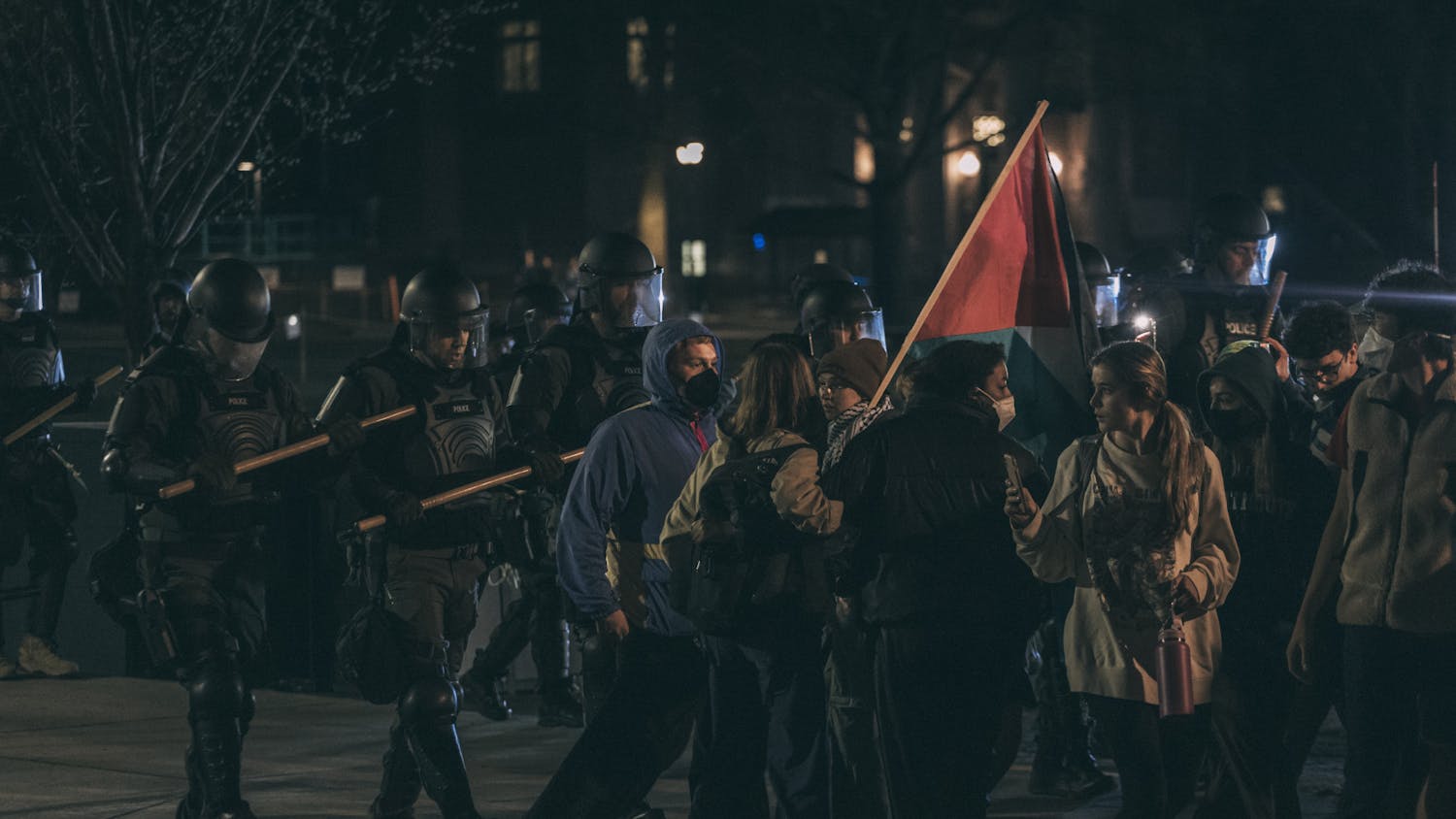Dartmouth is home to approximately 4,500 undergraduates from all 50 states, 96 countries and more than 75 tribal nations and Indigenous communities, according to the Dartmouth admissions website. The number of students who call Australia and New Zealand home, however, remains relatively slim — and their experiences on campus are far different than those of the average Dartmouth student.
Aussie and Kiwi students face significant hurdles, even at the beginning of their Dartmouth careers: traveling from the South Pacific to New England is no easy feat. Billy McKittrick ’27, who hails from Mudgee, Australia — a town four hours outside of Sydney — said the journey requires 22 hours of flying.
“There’s no direct flight,” McKittrick said. “I usually [fly] to Hawaii then Boston, or L.A. then Boston. … It’s really expensive to fly — it’s probably $2,000 for a return flight.”
The prohibitive distance and cost make it difficult for students from the region to return home during College breaks. David Moore ’24 of Mairangi Bay, New Zealand — which is 30 minutes north of Auckland — said he has traveled home only once in his four years at Dartmouth. He explained that both the COVID-19 pandemic and high travel costs have prevented him from returning home more frequently.
“It just didn’t make sense for me to spend that much money when I could be working during that time,” Moore said.
Even when these students do make the long journey home, transitioning to a time zone 12 to 15 hours ahead of the East Coast can be difficult, according to McKittrick. He said he was in bed “for a week or two” after returning home for winterim due to “jet lag.”
Despite the distance, Miller Hawkesby ’24 from Auckland said he has still been able to communicate with his family during his time at Dartmouth.
“During COVID, it felt a lot further than it does now,” Hawkesby said. “For [my] first two years it was really tough … But I think with FaceTime and social media, it’s easy to feel connected to friends and family back home.”
According to Moore, traveling across the Pacific Ocean isn’t the hardest part of attending university in the United States — it’s securing a permanent job here. After graduation, some international students must enter — and win — a visa lottery in order to stay in the country long-term, he explained.
“You actually have a limited amount of time that you can work legally [in the United States],” Moore said. “I have signed a contract to work in the United States for the next two years … [but] if I don’t win the lottery at the end of next year, I will have to leave the country.”
McKittrick added that taking off-terms is also difficult. Due to visa complications, “[students] can only take a term off once [they’ve] taken three on in a row,” he said. This means that some international students are unable to follow a typical D-Plan.
So why would these students make the difficult journey all the way to Hanover? According to Moore, for many Aussie and Kiwi students, it’s because they were recruited for sports.
“I think the biggest bridge to America is sporting,” Moore, who originally came to Dartmouth for track and field, said. “What piqued my interest in coming overseas was that I ran, … [which] introduced me to the possibility. I saw that I could sort of meld academics with sport.”
McKittrick and Hawkesby, however, said they decided to come to the United States to get an alternative college experience.
“I liked the American college experience a lot more than university in Australia,” McKittrick said. “I also liked how I didn’t have to pick a major until the second year. … In Australia, you have to pick a degree when you’re in high school.”
Hawkesby added that he valued the broader education that American schools offer, where students are able to explore different areas of interest before entering the job market.
“I’m currently in [GERM 3: “Intermediate German”] right now, because I have to fill my language requirement,” he said. “Something like that is unheard of in New Zealand. … That was honestly a positive surprise.”
Outside of the classroom, Aussie and Kiwi students also face some subtle cultural differences. For example, Moore said American students have different attitudes toward and tendencies to discuss their accomplishments, pointing to a phenomenon in New Zealand called “tall poppy syndrome.”
“[In New Zealand,] there’s more of a laid-back attitude overall. … If you’re an overachiever, then people tend to cut you down,” Moore said. “At a place like Dartmouth, a lot of people are go-go-go, worried about accomplishments, so that was definitely a stark difference.”
Despite these cultural differences, however, students have found community with each other. McKittrick said he gravitates toward people with whom he shares cultural similarities.
“New Zealand, Canada, the United Kingdom [and] Australia are a lot more similar than the United States, which is just why it makes it more comfortable hanging around [students from those countries],” he said.
According to Hawkesby, some Kiwi and Aussie upperclassmen have organized dinners at Murphy’s, whose owner also hails from New Zealand. The group is currently planning a meal on Anzac Day, a joint national day of remembrance in Australia and New Zealand on April 25, Hawkesby said.
There are many obstacles for students coming all the way from the other side of the world — but it seems that these students have nonetheless found their way at Dartmouth.
“I’m not really rushing to go back to Australia anytime soon,” McKittrick said. “I [hadn’t] been to the United States or anything … so I’m quite content, maybe not going back until I’m a lot older.”




